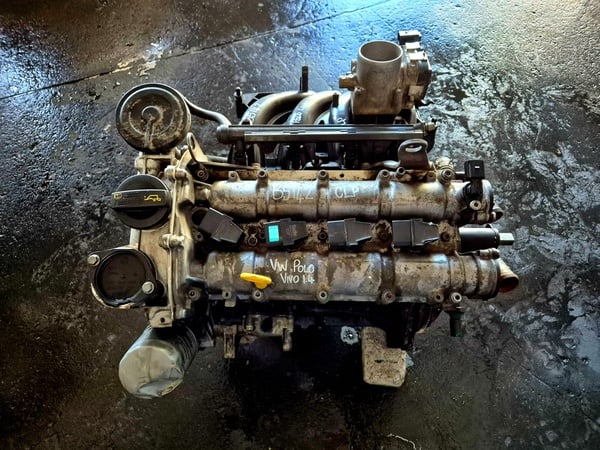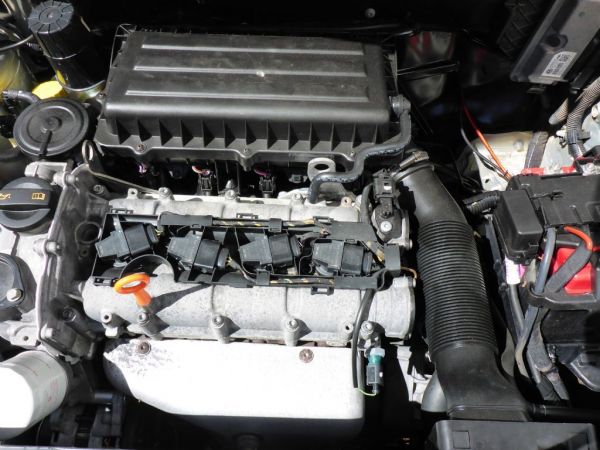Guarantee peak efficiency with a properly functioning clp engine.
Guarantee peak efficiency with a properly functioning clp engine.
Blog Article
How a Clp Engine Can Enhance Performance in Numerous Industries
The introduction of CLP engines marks a considerable change in operational effectiveness throughout numerous industries, driven by their ability to optimize fuel intake and reduce downtime. As organizations increasingly focus on sustainability alongside effectiveness, the role of CLP engines comes to be also much more important.
Review of CLP Engines
CLP engines, or Continual Fluid Propellant engines, stand for a significant innovation in propulsion technology, specifically for space applications. These engines utilize a continuous feed system that enables the sustained expulsion of propellant, leading to enhanced performance and performance compared to conventional strong or hybrid propulsion systems. By maintaining a continuous flow of liquid propellant, CLP engines can achieve more accurate drive control, which is crucial for navigating spacecraft in numerous mission situations.
The design of CLP engines incorporates innovative materials and innovative fuel administration systems. clp engine. This results in lowered weight and raised reliability, essential variables for long-duration room missions. In addition, the constant procedure lessens the risk of burning instability, an usual difficulty in standard rocket engines.

Benefits in Manufacturing
The production of Continuous Liquid Propellant (CLP) engines offers several noteworthy benefits that enhance both efficiency and cost-effectiveness. One of the key advantages is the structured manufacturing process, which decreases the complexity related to standard propulsion systems. By utilizing liquid propellant, producers can achieve greater precision in engine performance, leading to maximized energy output and reduced waste.
In addition, CLP engines promote a greater degree of modularity, allowing for less complicated assimilation right into numerous production lines. This versatility can significantly decrease lead times and boost total functional adaptability. Using CLP modern technology likewise tends to lessen the demand for extensive upkeep as a result of less moving parts, which converts into reduced downtime and functional costs.

Applications in Logistics
Leveraging Continuous Fluid Propellant (CLP) engines in logistics offers considerable benefits in functional efficiency and reliability. These engines offer a durable service for different transport requirements, allowing the smooth movement of items across vast ranges. The inherent style of CLP engines permits consistent power output, which converts right into smoother and more foreseeable transportation schedules.
One of the key applications of CLP engines in logistics remains in sturdy freight transportation, where they can drive both ground and aerial automobiles. Their capability to keep high efficiency under varying tons problems makes sure that distribution timelines are met, therefore enhancing customer contentment. Additionally, CLP engines can be incorporated into automated logistics systems, facilitating real-time tracking and maximizing route preparation.
Additionally, the toughness of CLP engines reduces maintenance downtime, allowing logistics business to optimize their operational capabilities. This is specifically beneficial in warehousing procedures, where performance in dealing with and carrying items is important. As logistics remains to advance, the integration of CLP engines stands for a forward-thinking approach that not only improves performance but likewise sustains the industry's growing demands for reliability and speed.
Influence on Energy Efficiency
Exactly How do Continuous Liquid Propellant (CLP) engines improve energy effectiveness in transport? CLP engines make use of a consistent flow of liquid fuel, optimizing burning processes and preserving a steady drive output. This layout decreases power losses associated with traditional burning engines, where gas delivery can vary and bring about inefficiencies.
The constant operation of CLP engines permits for a much more reliable thermal cycle, causing greater certain impulse compared to traditional engines. clp engine. This equates to reduced gas intake for the same amount of job done, substantially decreasing operational expenses across various transport industries, including aviation and maritime markets
Additionally, the capacity of CLP engines to keep optimal performance under varying tons problems lowers the need for frequent velocity and deceleration, further enhancing gas effectiveness. Boosted energy performance not only adds to cost savings however likewise brings about decrease greenhouse gas exhausts, lining up with international sustainability objectives.
Future Trends and Innovations
Emerging improvements in Continuous Liquid Propellant (CLP) engine technology assurance to transform the landscape of transportation effectiveness and sustainability. As sectors pivot toward greener options, CLP engines stand at the center, integrating cutting-edge products and design methods that boost efficiency while decreasing ecological impact.
Among the most appealing trends is the adoption of hybrid systems that incorporate CLP engines with renewable resource sources. This harmony can optimize fuel intake and reduce exhausts, lining up with international sustainability objectives. Furthermore, developments in computational fluid characteristics (CFD) are check my reference facilitating the design of more aerodynamically effective engines, leading to minimized drag and enhanced gas performance.
Moreover, the growth of smart tracking systems is established to boost functional performances. These systems leverage data analytics and IoT innovation to enhance engine performance in real-time, ensuring that the engines operate within their most effective parameters.
As study proceeds to explore alternate propellant solutions-- such as biofuels and artificial gas-- the future of CLP engines looks encouraging. By using these developments, industries can not just boost their performance yet likewise contribute considerably this website to a cleaner, more sustainable future in transport.
Final Thought
In conclusion, CLP engines represent a substantial advancement in performance throughout several markets. The integration of advanced materials and less relocating components lessens maintenance demands, while alignment with sustainability goals settings CLP engines as a critical technology for the future.
Report this page